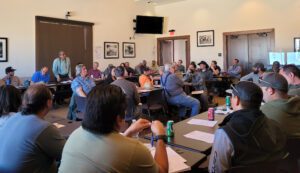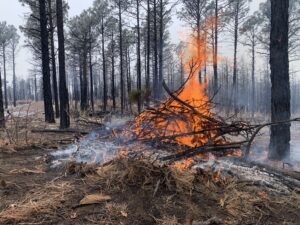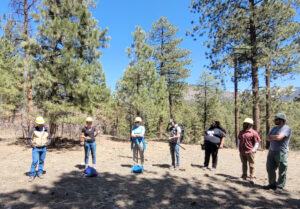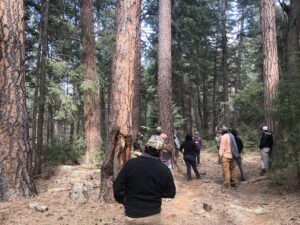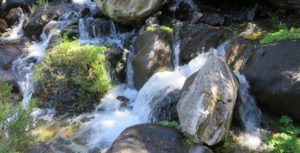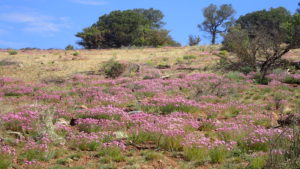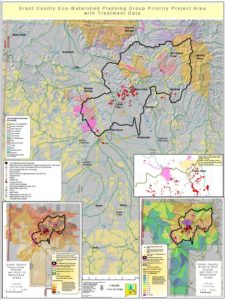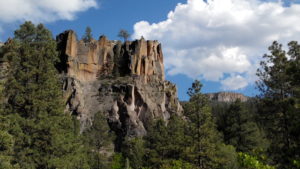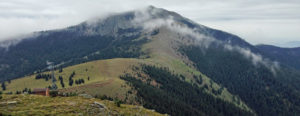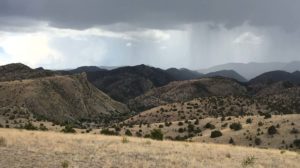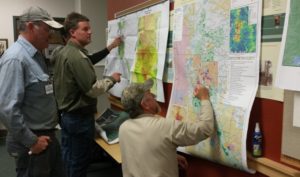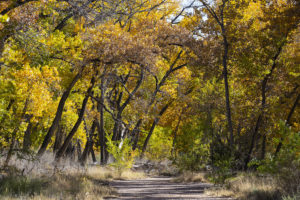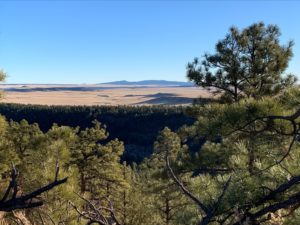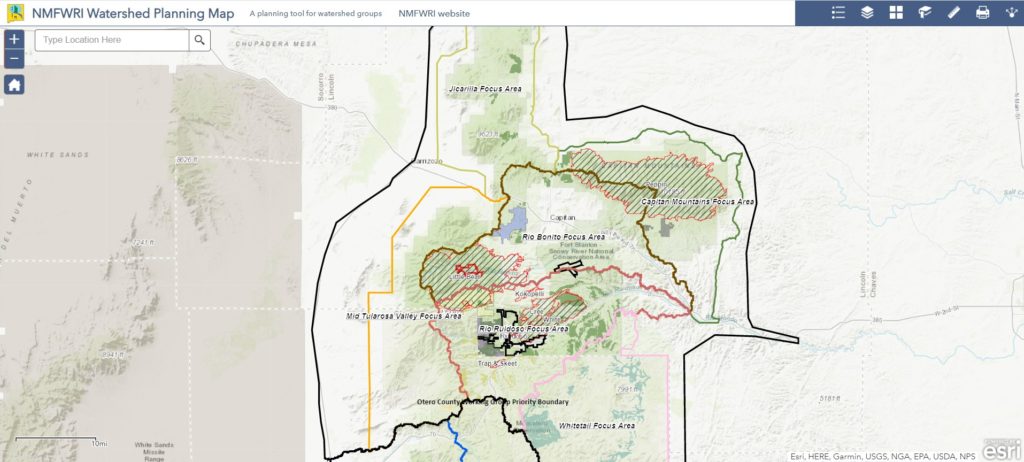Why We Need to Work Together
Forest and watershed restoration typically requires landowners to work with neighbors across property boundaries, to coordinate the restoration of large landscapes. Where ownerships include public lands such as national forests, national conservation areas, state parks or wildlife management areas, stakeholder groups such as environmental organizations, recreational users or ranchers also participate in collaborative discussions and contribute to management and restoration activities. Community-based collaborative organizations bring together these varied interests, along with tribal representatives, acequia and land grant participants, conservation district managers, business owners, academics, city and county firefighters and emergency personnel, and political representatives. Together, collaborative members plan, share experiences, and carry out projects that reduce the risk of catastrophic wildfires, enhance habitat, protect water resources, enrich recreational opportunities, and restore forest health and resiliency.
How NMFWRI is Helping Others Collaborate
There are more than 50 community-based collaborative organizations and watershed groups in New Mexico today, that work locally and regionally to improve their communities and natural environments. The New Mexico Forest & Watershed Restoration Institute supports natural-resource-based collaboration by assisting communities to form collaborative organizations and build the capacity to work together to solve problems and restore natural habitats. FWRI staff help collaborators craft their missions, draft organizational documents, organize meetings, carry out public outreach and education, expand their capacity, plan and coordinate activities, map their strategies and accomplishments, and network with other organizations. The FWRI also maintains a database that tracks collaborative organizations and maps the locations where collaboratives are based.
View an interactive map of natural resource collaborative organizations and watershed groups in New Mexico. The New Mexico Collaboratives map pinpoints the locations where community-based collaborative conservation organizations operate in the state, with information about each group. The map of support organizations shows groups that assist collaboratives with capacity building, financing, and project development and implementation.

